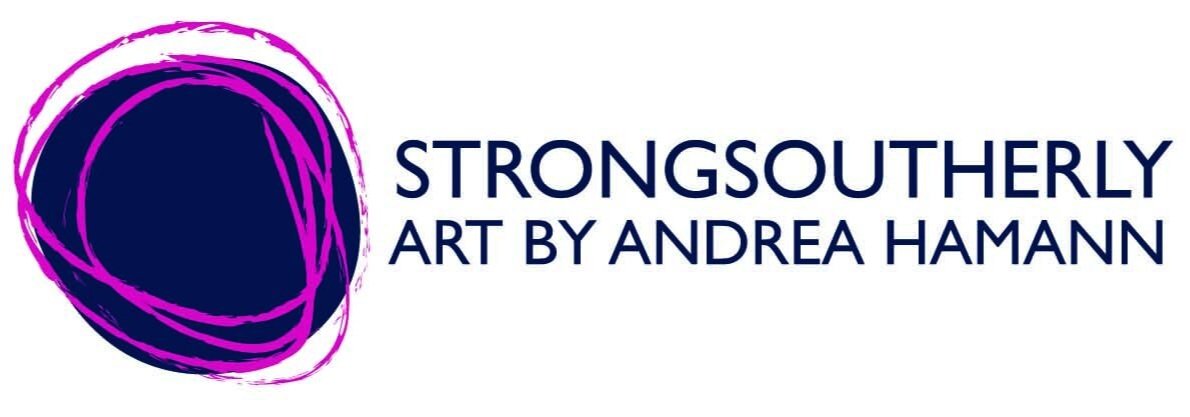Coastal, Littoral, Intertidal
Initial concept sketch of elements to be developed as sculpture and mounted on wall.
Getting on 9 months ago, Sarah McCormack from Passages Collective and I put in a bid for a public art project for a tender in the Tweed Shire. We are extremely happy that we were successful, and are now in the initial stages of working toward making that project hit the ground. The exciting thing for us is this is the first tender we have gone for together, despite years of professional experience in the industry we have never worked together before and we prepared the whole tender remotely, so to be successful is a wonderful start.
Whilst it is too early to show you any snazzy maquettes or test pieces, I can show you some of the initial ideas around the work.
The piece is to be located on an underpass bridge between Chinderah on the Tweed River, and Kingscliff on the coast and explores the transition zone between the coastal landscape the littoral landscape, the dunal landscape and the rivers edge.
Initial brainstorming of place and concept
John Olsen's Work 'Five Bells' triggered the approach to this project- to consider the landscape elements of this transition zone.
The following text we submitted in the tender and describes the concepts behind the project.
‘Coastal, Littoral, Intertidal’ is a gateway piece which celebrates the transition from river to sea, reflecting the transition from Chinderah on the Tweed River, to the coastal village of Kingscliff.
This concept of transition, and connection to the coastal, littoral and intertidal zones is explored with a representation of a series of sculptural panels of abstracted flora, and marine species native or endemic to the area. The concept was further inspired by the work ‘Five Bells’ by John Olsen, which is a painting which explores the littoral zone, made up of a series of connected elements from in and around the waters edge.
It is proposed that each sculptural element is constructed of layered meshed and perforated stainless steel cutouts, fixed to the concrete walls. Each element is connected by meshed metal threads, representative of the Knobby Club Rush which is found in this environmental zone, as if to weave the separate elements together, This represents that there is both a conceptual and tangible connection between them, symbolic of the ecological balance and connection. A colourful backdrop formed of painting each existing concrete retaining wall panel in a different shade provides both visual contrast and cohesion, representing the colours of the landscape that are found in this strip of land between river and sea. It is a simple strategy to counter graffiti, as each panel can be simply repainted in a standard paint colour.
Themes
After considering the site, and the conceptual thematics presented in the brief, we realised that all three themes connect to the river life and to the coastal life. The site itself is positioned between river and sea, and serves as the gateway or transition between the two.
Each element selected relates to the themes identified.
1. Bream . This fish species is common to the river, has a connection to the fishing culture of river life. (Coastal Life & Environment) (Indigenous heritage, communities and stories)
2. Mangrove. Mangroves are found along the tweed river forming an important fish nursery habitat (Coastal Life and Environment
3. Coastal Banksia. This is an iconic and evocative species, associated with the different environmental zones. (Coastal Life & Environment)
4. Whelk. The whelk is a shell found along the coastline. The whelk is commonly found in middens and was one of the species which the midjungbal people collected. (Indigenous heritage, communities and stories)
5. .Tenogodus australis is a curious worm shell found along the coast. (Coastal Life & Environment)
6. Dichtyota dichotama (Seaweed) is one of the seaweed species which has a distribution range that encompasses Kingscliff and the tweed coast. (Coastal Life & Environment)
7. Ficinia nodosa (Knobby Club Rush) is an sedge species which is native throughout the landscape between the coastal edge and the river edge ((Coastal Life & Environment)







